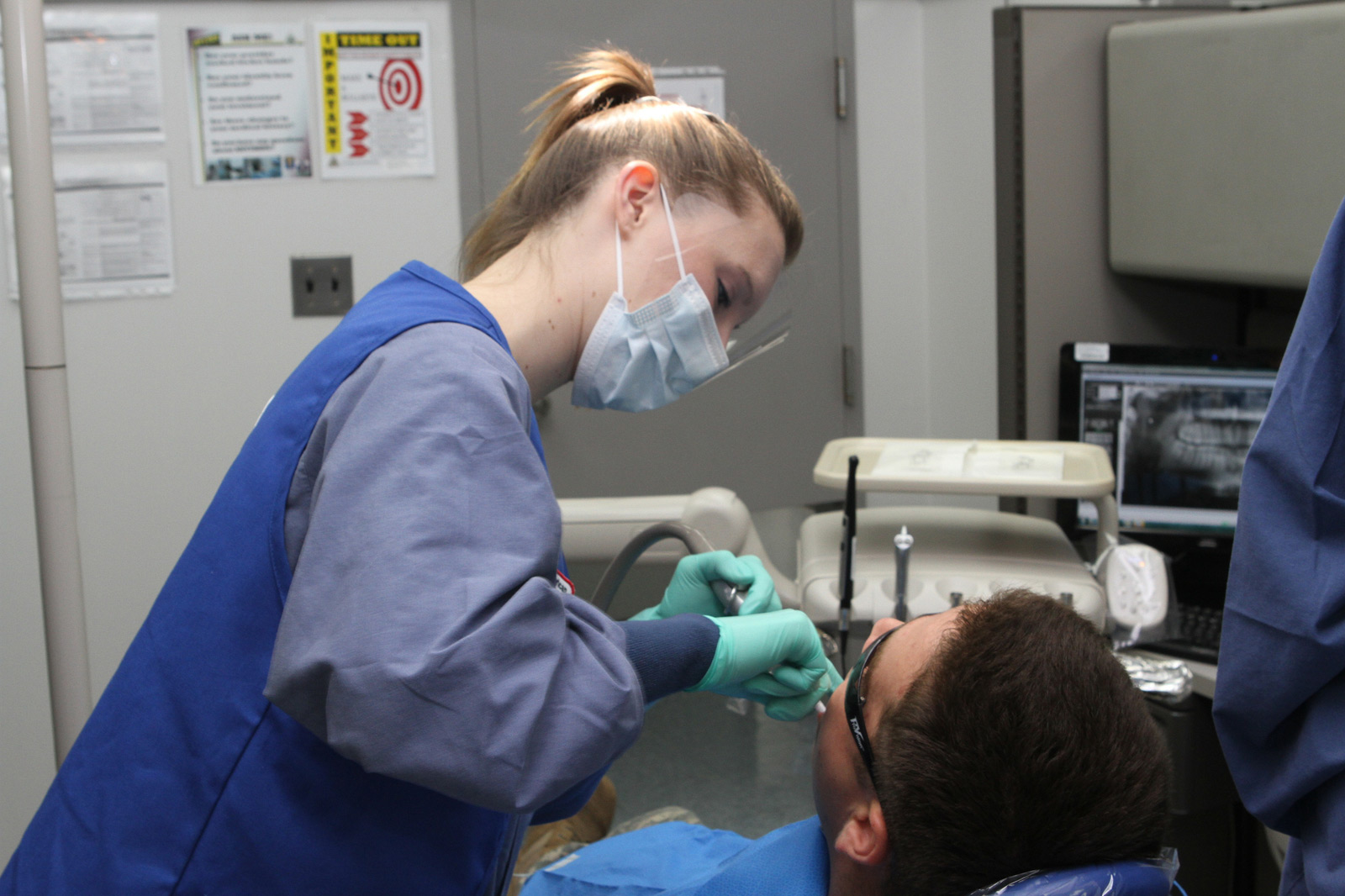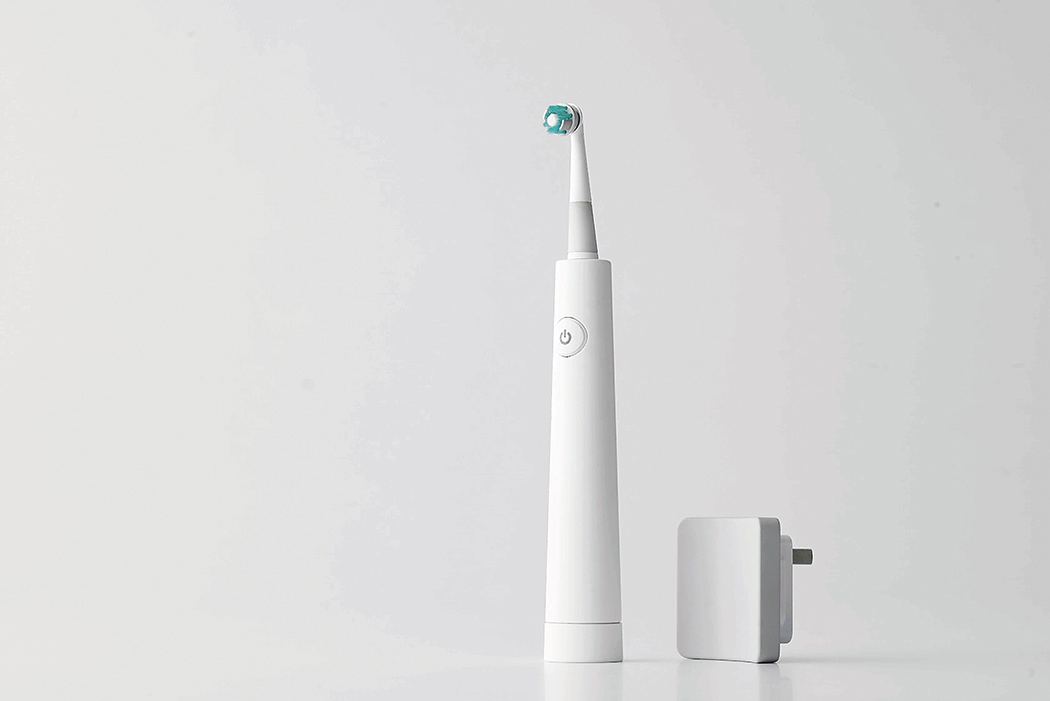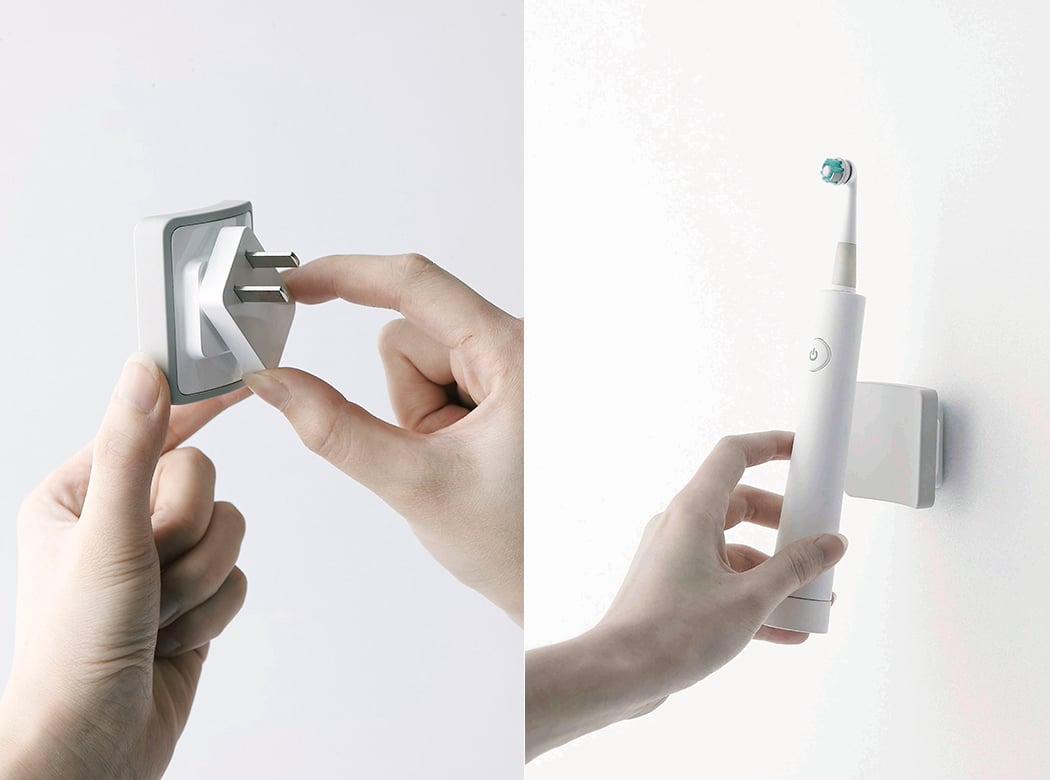
The ancient coastlines of Atlantic and Pacific Oceans were once dominated by a previously unknown large species of shark. The giant shark lived around 20 million years ago during the early Miocene...
 You really don't want a root canal, and not just because it's potentially painful. Emptying the tooth of the infected tissue at its heart potentially weakens it, since you can't grow that organic material back or put toxic fillings in its place. Re...
You really don't want a root canal, and not just because it's potentially painful. Emptying the tooth of the infected tissue at its heart potentially weakens it, since you can't grow that organic material back or put toxic fillings in its place. Re...
 Today on In Case You Missed It: Startup Star-ALE wants to create man-made meteor shower tech in time for the Tokyo Olympics in 2020. The Prophix is a video toothbrush tool that can live stream your choppers and save pictures of them to an app in ca...
Today on In Case You Missed It: Startup Star-ALE wants to create man-made meteor shower tech in time for the Tokyo Olympics in 2020. The Prophix is a video toothbrush tool that can live stream your choppers and save pictures of them to an app in ca...
 Mobile World Congress is predominantly about smartphones, however look hard enough and you'll find all sorts of other surprises too. Take Oral-B, which chose Barcelona as the place to announce the B-Genius, a new toothbrush that knows exactly where y...
Mobile World Congress is predominantly about smartphones, however look hard enough and you'll find all sorts of other surprises too. Take Oral-B, which chose Barcelona as the place to announce the B-Genius, a new toothbrush that knows exactly where y...

Magi Laderen is an innovative electric toothbrush designed to maximize cleanliness, convenience, and space-savings. The toothbrush holder, which is also a charger with a built-in magnet, ensures the user’s convenience and better hygiene as it prevents lime scale or germs from forming at the bottom. The thin and wireless charger is bathroom-friendly, especially for those who have limited space. The process of charging is both simple and safe. When the electric toothbrush is attached to its charger, the charging starts. In order to make it safe, the elements are electrically insulated. When charging is complete, the power button lights up and blinks so you know when it’s good to go!
Designer: Xu Dong

Science is a great excuse to do just about anything crazy. Crossing a shark with a power saw? Hell yeah. For science! The Jawzall is a reciprocating saw with a blade made from shark teeth. It was developed at Cornell University where they are just cool like that.


So now we know that shark teeth make for a poor saw. And that researchers have cool jobs where they get to do crazy stuff.